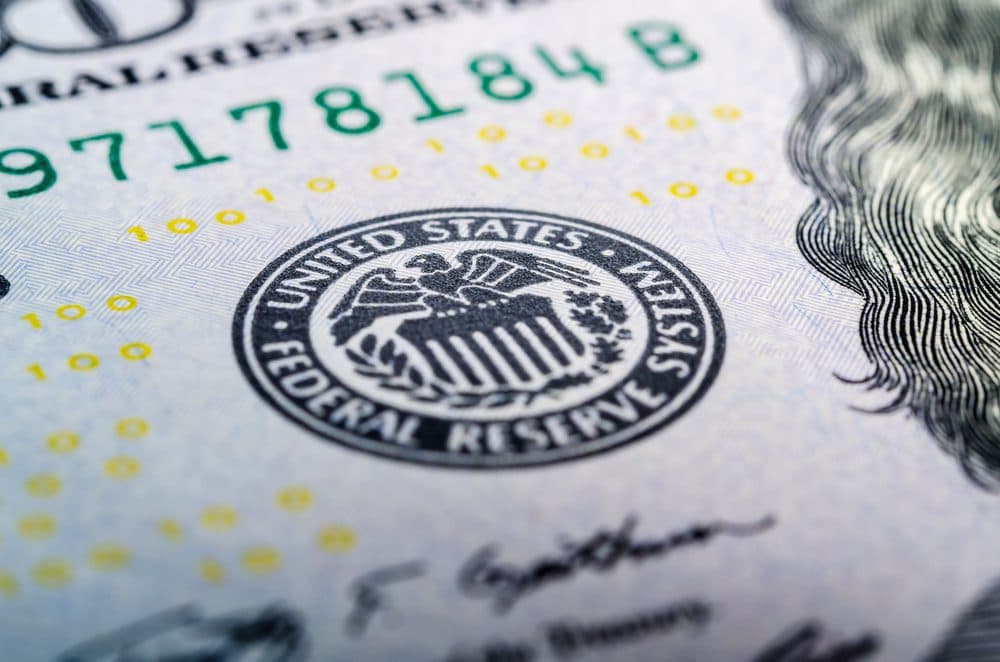Fed: Technology Alone Cannot Disrupt Dollar Dominance
The US dollar is likely to remain the world’s dominant international currency for the foreseeable future, but the rise of central bank digital currencies may reduce reliance on USD, according to new research from the Fed.

Source: Shutterstock
- A research report from the Federal Reserve showed that CBDCs are among the potential threats to US dollar dominance
- China’s expansion and Europe’s fiscal integration are also risks
As China becomes a pioneer with blockchain-based digital currencies following the launch of its digital yuan, the United States Federal Reserve continues its multi-year exploration into the pros and cons of a digital dollar.
First scheduled for July, and then delayed to September, the Fed is now expected to release its paper detailing the role a central bank digital currency (CBDC) may play in the broader economic landscape later this month.
The US dollar is likely to remain the world’s dominant international currency for the foreseeable future, but the rise of central bank digital currencies may reduce reliance on USD, according to an October 6 research report from the Fed.
“A shifting payments landscape could also pose a challenge to the U.S. dollar’s dominance,” the report read. “For example, the rapid growth of digital currencies, both private sector and official, could reduce reliance on the U.S. dollar.”
Proponents of a digital dollar point to the ability to distribute and move money in a more efficient way. The US also risks falling behind other nations, like China, in creating a faster and cheaper payments network.
“It’s just very hard for me to imagine that the U.S., given the status of the dollar as a dominant currency in international payments, wouldn’t come to the table in that circumstance with a similar kind of an offering,” said Fed. Gov. Lael Brainard in remarks before the National Association for Business Economics on September 27.
The Fed’s latest research report also examines other threats to the USD’s status, including increased integration in Europe and the rapid growth of China.
“If fiscal integration progresses and a large, liquid market for EU bonds develops, the euro could become more attractive as a reserve currency,” the report read. “This integration could potentially be accelerated by enhancements to the EU’s sovereign debt market infrastructure and introducing a digital euro.”
Chinese gross domestic product (GDP) already exceeds US GDP on a purchasing power parity basis, the report noted. China is also by far the world’s largest exporter, but there are still “significant roadblocks” to more widespread use of the Chinese renminbi, the report continued.
“Importantly, the renminbi is not freely exchangeable, the Chinese capital account is not open, and investor confidence in Chinese institutions, including the rule of law, is relatively low,” the report read. “These factors all make the Chinese renminbi—in whatever form—relatively unattractive for international investors.”
Changes to consumer and investor preferences and increasing product offerings have the possibility to shift power away from the USD, but new technology will not likely overtake the fiat system anytime soon, the report concluded.
“It is unlikely that technology alone could alter the landscape enough to completely offset the long-standing reasons the dollar has been dominant,” the report read.






